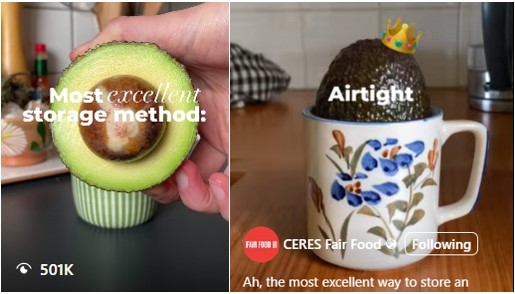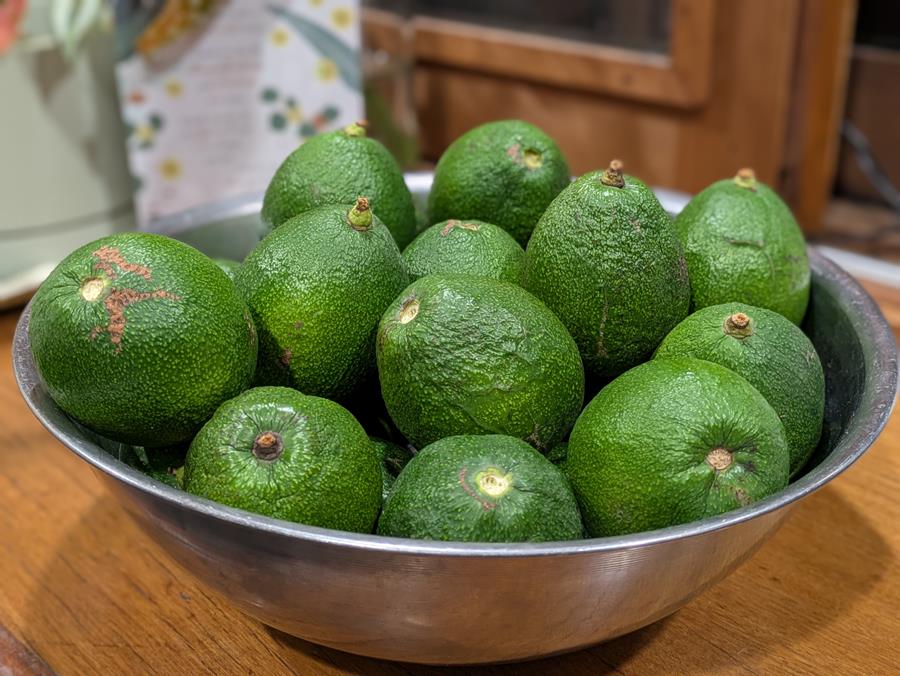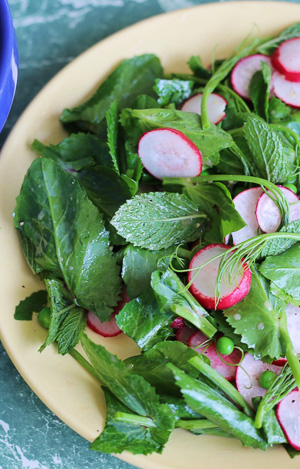
Avocados are different
This week Fair Food’s most excellent avocado storage method video blew up on Instagram with almost half a million views (10,000 is usually a lot for us).
It seemed like such a simple idea though maybe we should have known; avocados always seem to generate a big online response, though not quite this big.
Avocados are different, special – perhaps it’s their unusually high fat content and luxurious creaminess that gives them an edge over regular fruit or veg. In the 19th century Europeans newly introduced to avocados affectionately called them butter fruit.
I have a big bowl of reed avos on my bench that I picked after the local ringtail possum started nibbling on them. More than a bowl of apples or plums or any other fruit we grow, my bowl of avocados makes me feel blessed, wealthy even.
Perhaps that’s why our post that promised to curb avocado waste evoked such a strong response.
As species, humans and avocados are irrevocably bound – avocados can’t grow without us and I suspect we would have a very hard time living without them.
Thirteen thousand years ago in Southern Mexico avocados found themselves at the end of an unique evolutionary partnership – the giant ground sloths that ate avocados whole and then dispersed their large seeds, also whole, had recently gone extinct.
No other animal could perform the digestive duty required to satisfy the avocado’s particular reproductive needs and so its fate fell like a butter fruit into human hands.
It was Mayan and Aztec farmers who began cultivating avocados. This fruit, that had symbiotically evolved for so long with slow-moving Mesoamerican megafauna, somehow captured people’s imaginations, earning it sacred status.
A whole Mayan month was named after the avocado while the Aztec word āhuacatl, the origin of the name of our avocado, was dervied from the Aztec word for testicle – high praise at the time.
In the sixteenth century when the Conquistadors plundered the Aztec’s silver and gold they also took their very tasty avocados back to Spain. It was the beginning of avocado’s inexorable journey to becoming a global commodity.
In 1926 a major stop on that journey was Pasadena mailman, Rudolph Hass’s backyard orchard.
From a seedling he’d purchased from a local grower Hass produced a heavy crop of odd tough black skinned avocados with a small seed and beautiful creamy flesh, which, unlike the popular Fuerte, fruited all year around.
In 1980 Hass trees came to Australia ushering in the advent of the cheap, always available avo.
Today eighty per cent of the half billion avocados eaten across Australia every year are Hass’s – every single one a clone from that odd seedling the Pasadena mailman planted in his backyard.
And even though they’ve become ubiquitous, avocados have still retained their that status as a special fruit.
The detail and passion of people’s comments in this week’s most excellent avocado storage method post are a testament to the continuing currency of avocados – something you just don’t see with pears or parsnips.
When I look over at my bowl full of Reeds I feel good fortune and gratitude and foresee a guacamole frenzy in our teenage sons’ future.
If you’re feeling the need to join in you’ll find Hass and Fuerte on special in the webshop.
Have a great week
Chris

